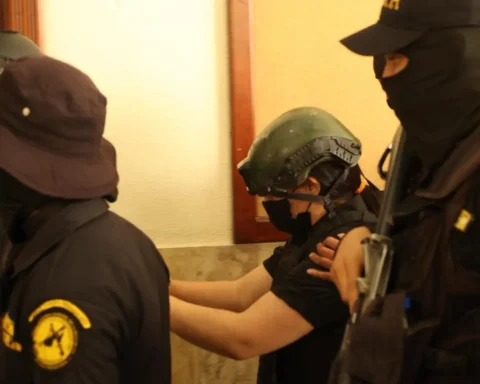NY.– The intervention of the Californian bank Silicon Valley Bank (SVB) by the US authorities after its debacle on the New York Stock Exchange has caused a 27% rise in the VIX volatility index, also known as the fear meter on Wall Street.
The SVB debacle, which despite being a bank with offices in only two states (California and Massachusetts), has aroused the fear of some investors that it constitutes the prologue to a new crisis, since it is considered the largest bank failure since the 2008 crisis and one of the most important in the United States history.
However, others see its fall as something that responds to the idiosyncrasy of this company, which opted during the pandemic to invest in Treasury bond long-term and by venture capital firms.
The truth is that it has dragged down other banks such as Signature Bank, First Republic Bank, Western Alliance or PacWest and it has affected large financial corporations both within the country and abroad.
The VIX, which had not reached such high levels since last October, is also known as the fear index because it measures investors’ expectations of volatility and uncertainty and serves as a tool to gauge market sentiment.
When the VIX is low, it suggests that investors are relatively bullish and more confident in future market conditions.


















